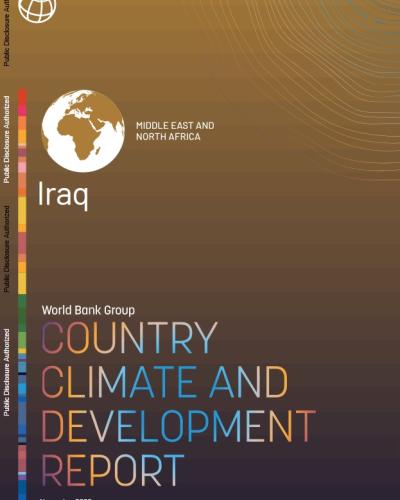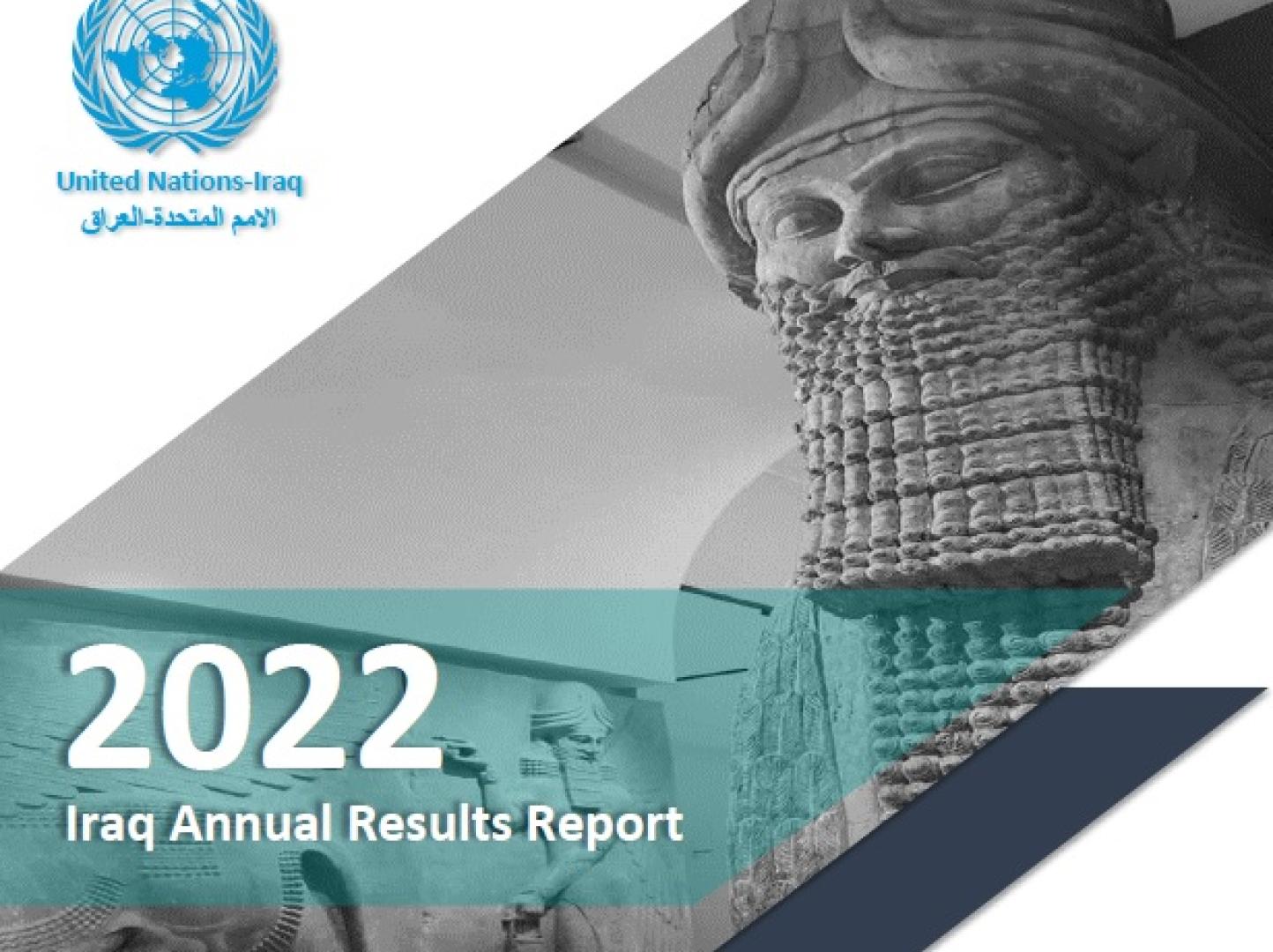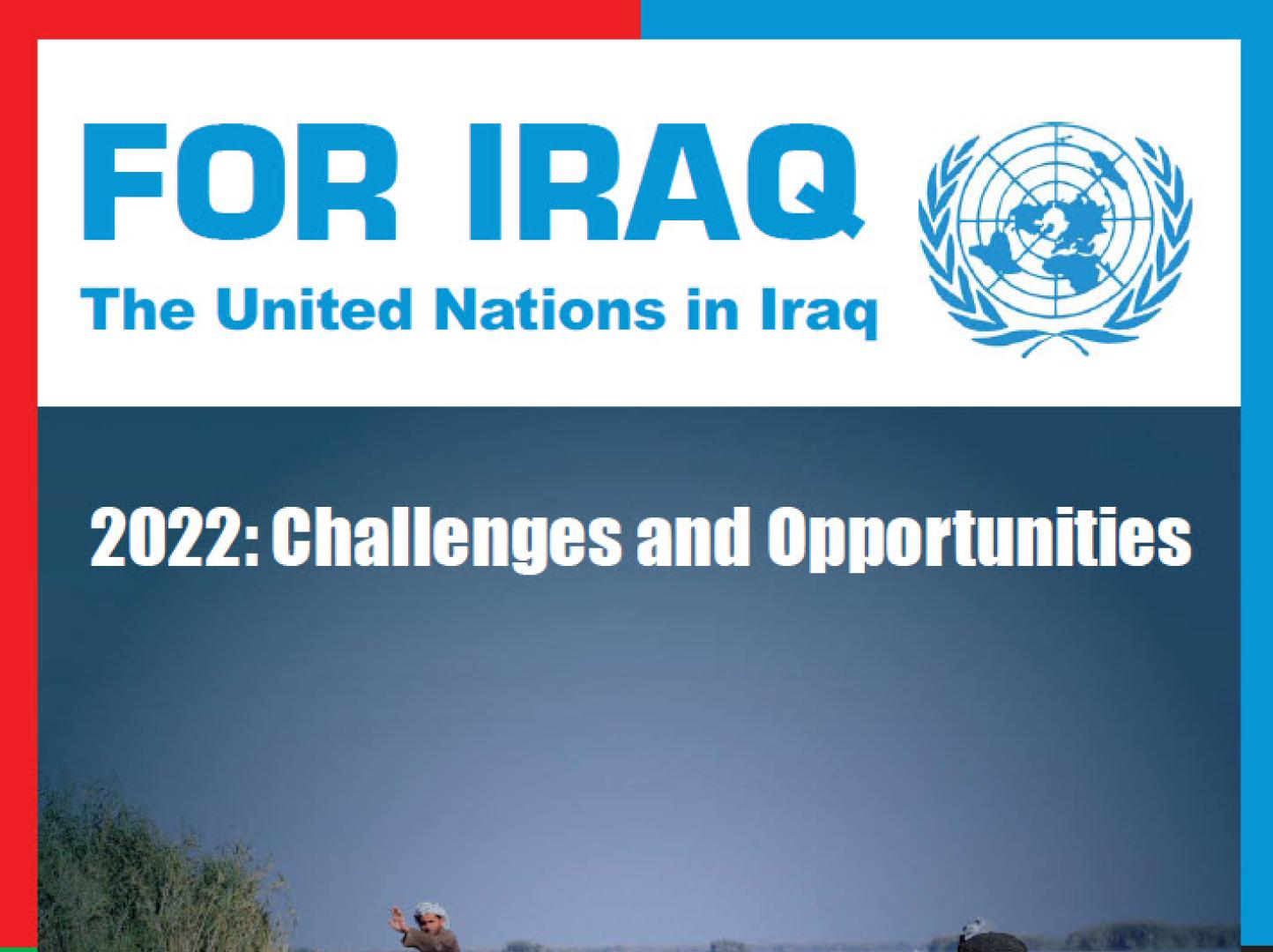Iraq - Country Climate and Development Report

In Iraq, a multidimensional development and climate crisis is brewing. Iraq’s oil-dependent development model, weakening human and institutional capacity, and its deep social divides and inequalities are ingredients of a “perfect storm” centering on a development-climate-fragility nexus. Climate change threatens the social contract in Iraq, which has already been eroded by elite capture, widespread clientelism, corruption and limited voice and accountability. The Iraq CCDR adopts a “people centric” approach to achieve a deeper understanding of current climate change effects and potential impact of low-carbon transition on vulnerable groups. The CCDR analysis conducted a Stakeholders Engagement Plan with civil society and private sector as priority to establish essential foundations for climate dialogue and inform both the analytics and development of policy levers. This involved organizing in-person focus group discussions with oil workers, agricultural workers and women’s groups, as well as dialogues with university students and youth. This effort also entailed forming a CCDR advisory group comprised of representatives from the government of Iraq, the private sector, and academics. Additionally, a social media survey to understand the Iraqi’s perspective on climate change issues and effects. These engagements validated the increased awareness and trepidation of urban and rural inhabitants on the urgency of adaptation measures to cope with water scarcity, reduced agricultural yields, the impact of high temperatures on labor health and productivity and limited options for unskilled workers to adjust to climate induced changes in the labor market. Inputs from various stakeholders also reinforced the need for coherent approaches towards locally led and participatory climate change actions, as well as social protection and human capital development policies that would pave the way for a just low-carbon transition, particularly for Iraq’s most vulnerable and disenfranchised groups.




